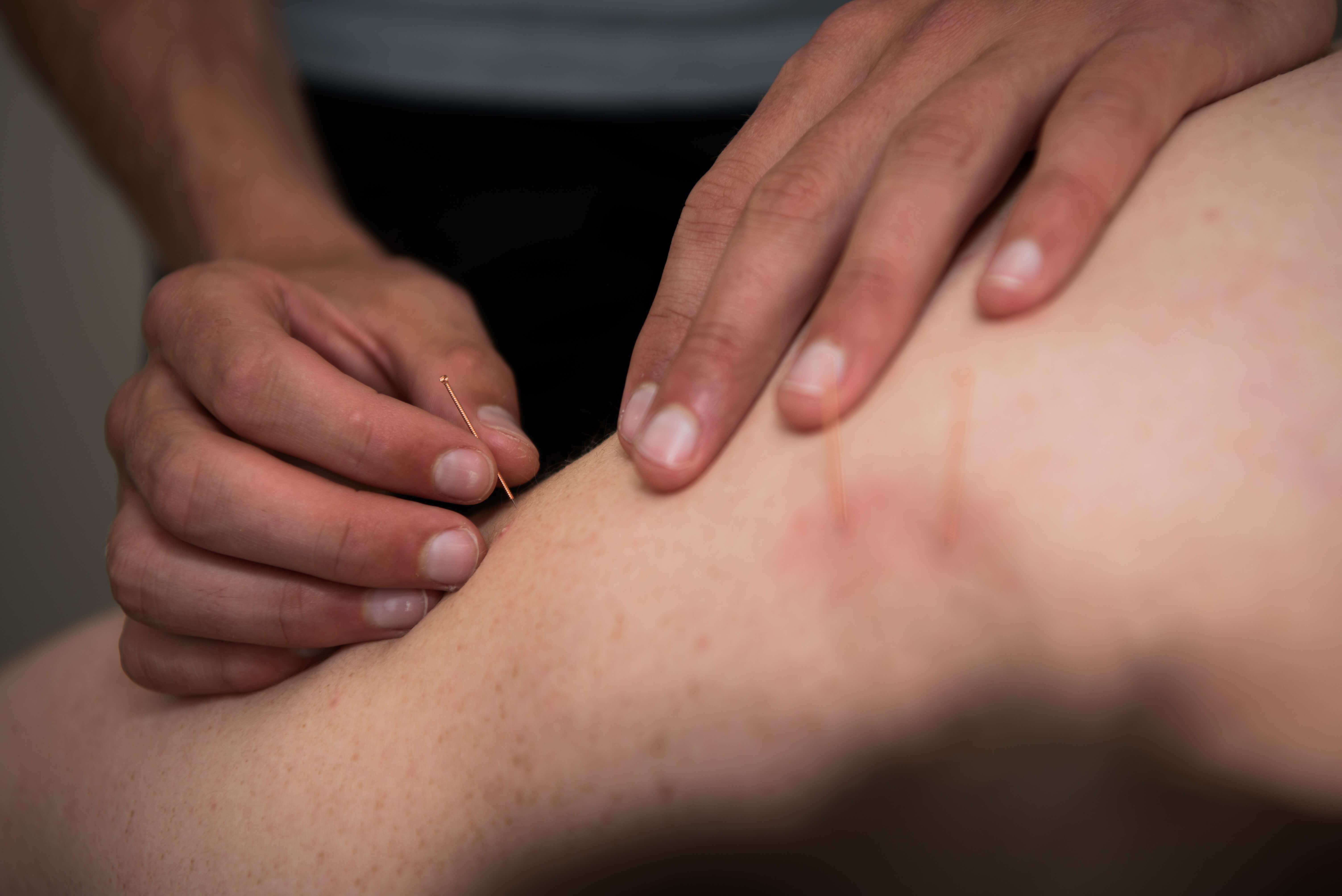5 Things You Need To Know About Dry Needling
1. What Is Dry Needling?
Dry needling is a treatment technique whereby a sterile single use fine filament needle (acupuncture needle) is inserted into the skin and muscle tissue to create a response in the body. It is commonly used to help with muscle tightness or tension, chronic connective tissue soreness and pain. Combined with other hands on treatment methods that Osteopaths use, dry needling can help to decrease pain, promote tissue healing and restore normal tissue funtion.
2. How Does It Work?
The exact mechanisms are complex and somewhat unknown, but, there is a growing body of scientific evidence that supports these two ideas:
Locally –Inserting the tiny needle into the muscle induces injury signals the brain uses to initiate a sequence of events to replace or repair the damaged tissue. Needling in a painful ‘trigger point’ or tight muscles can provoke a twitch response from the muscle. Once the twitch response has been elicited, the muscle fibres in that area relax, inflammation is reduced and circulation improves. As a result of these physiologic processes, dry needling can address muscle, tendon and myofascial pain and dysfunction.
Centrally – the brain and spinal cord are influenced by inhibiting the transmission of pain signals in our spinal cord and increasing the release of our own pain relieveing chemincals within our brains.
3. What Can Dry Needling Help With?
Dry needling can be used to help treat both acute and chronic pain. It’s used as part of a larger treatment plant to effectively manage conditions such as:
– neck pain and headaches
– back pain
– golfers/tennis elbow
– shoulder pain
– hip pain
– Shin splints and plantar fasciitis
– A range of other conditions involving muscle tension
4. Will It Hurt?
Initially a small pinprick sensation may be felt on insertion into the tissue. When a muscle is very tight, a local twitching sensation can be felt and can be quite intense. This is a good sign of release! Most people describe the feeling as ‘unusual’ rather than painful. After the session you can feel an ache in the muscle that can last few hours and occasionally up to a day or two. As you move around more, the soreness will be less noticeable.
5. What Is The Difference Between Acupuncture And Dry Needling?
The obvious similarity between dry needling and acupuncture is the needles used in both are identical. Generally dry needling is based on Western anatomical and neurophysiological principles and focuses predominately on the assessment and treatment of the musculoskeletal system. Acupuncture is based on Traditional Chinese Medicine meridian theory -the flow of ‘Qi’ in the body and acupoints and treats both musculoskeletal conditions as well as a variety of internal conditions such as asthma, gastrointestinal, gynaecological and psychological complaints.

